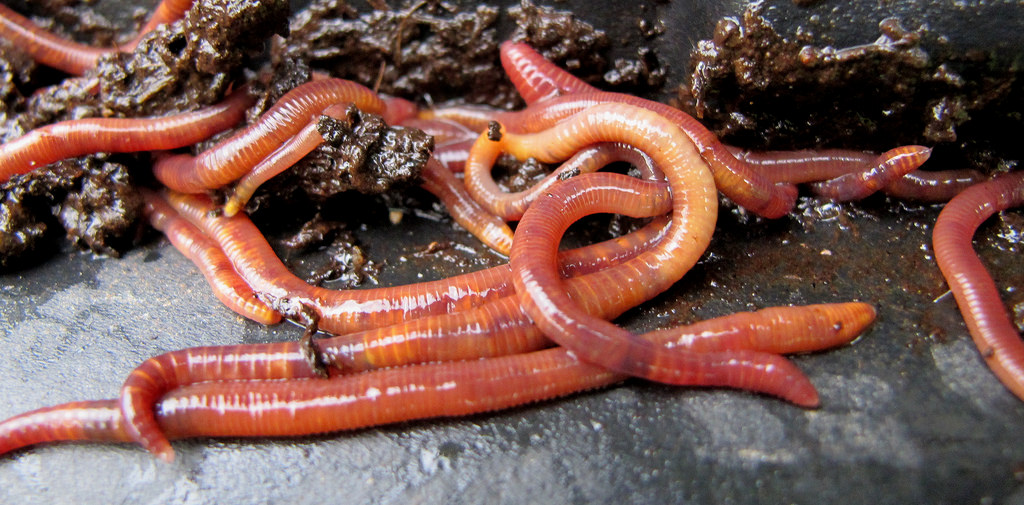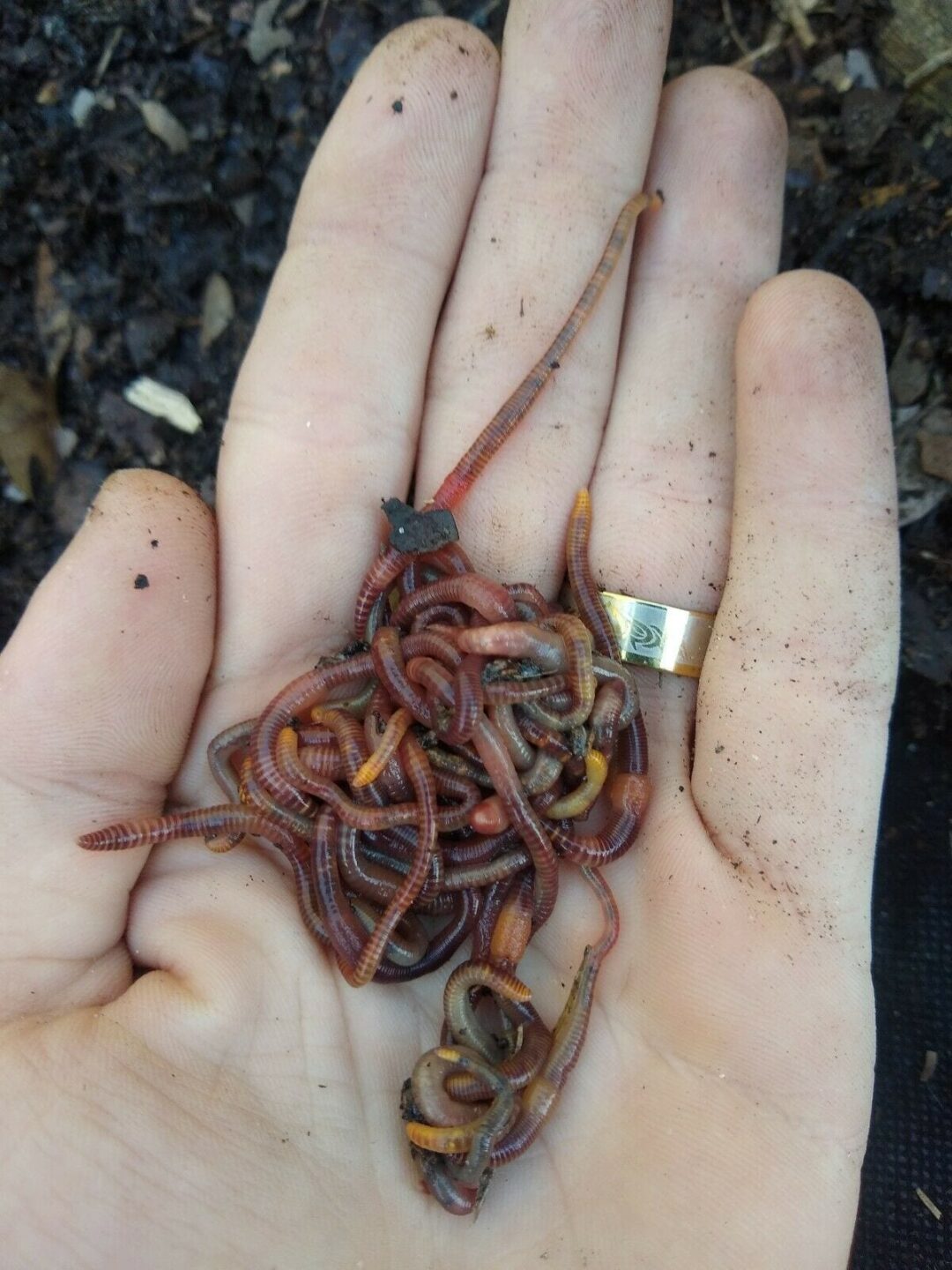Red Wiggler Express: Reliable Bait for a Productive Fishing Day
Red Wiggler Express: Reliable Bait for a Productive Fishing Day
Blog Article
Red Wigglers: The Unsung Heroes of Organic Waste Recycling
Red wigglers, or Eisenia fetida, offer as vital agents in the organic waste reusing process, transforming disposed of products into important vermicompost. Their effective failure of raw material not only enhances dirt high quality but also adds to sustainable waste administration methods. As the globe significantly seeks services to deal with waste accumulation and improve farming productivity, understanding the role of these worms comes to be essential. What systems allow them to grow in garden compost settings, and exactly how can they be properly made use of in both residential and business settings? Checking out these inquiries exposes the wider implications of vermicomposting in our environmental landscape.
What Are Red Wigglers?
The exceptional strength of red wigglers, medically recognized as Eisenia fetida, underscores their vital function in natural waste recycling. These small, reddish-brown earthworms are normally discovered in decaying natural issue, such as compost heap and manure heaps. Lake Hickory Bait. Unlike various other earthworm varieties, red wigglers grow in nutrient-rich environments and are extremely reliable at breaking down natural materials, making them crucial for vermicomposting

(Lake Hickory Bait)Along with their function in waste decrease, red wigglers add to dirt health by enhancing soil framework and oygenation through their burrowing activities (Lake Hickory Bait). Their presence in composting systems not only enhances decomposition rates however likewise advertises a sustainable technique to squander monitoring, illustrating their importance in environmental conservation efforts
Benefits of Composting With Worms
Composting with worms, specifically red wigglers, uses countless benefits that enhance both waste administration and dirt health. First, these worms efficiently damage down organic waste, converting it right into nutrient-rich vermicompost that enriches soil. This procedure increases decay, enabling a quicker recycling of kitchen area scraps and other organic materials contrasted to traditional composting approaches.
Furthermore, the vermicompost created by red wigglers is including useful bacteria, which help improve dirt framework, oygenation, and dampness retention. This improves the overall wellness of plants, advertising strenuous growth and enhanced returns in gardens and farming setups. The use of worms in composting reduces the production of greenhouse gases, such as methane, contributing to an extra sustainable waste management system.

Exactly How to Start Vermicomposting
Establishing a vermicomposting system is a simple procedure that can generate considerable advantages for both waste administration and soil enrichment. To start, pick an ideal container, such as a plastic container or wood box, with ample ventilation holes to make sure correct air flow. The dimensions must ideally be about 2 feet by 3 feet, allowing sufficient space for the worms to thrive.
Following, prepare bed linens product, which can include shredded newspaper, cardboard, or coconut coir. This bedding must be dampened to create an ideal environment for the worms. Once the bedding is in place, introduce red wigglers (Eisenia fetida) into the bin, generally around one extra pound of worms for each square foot of surface.
Complying with the positioning of worms, add natural waste, such as fruit and vegetable scraps, coffee grounds, and smashed eggshells. With these steps, you will properly start a vermicomposting system that adds to sustainable waste administration and improves your dirt.
Maintaining a Healthy Worm Bin
(Red Wiggler Express)Maintaining a worm container flourishing requires routine focus and care to make certain the health of the red wigglers and the performance of the composting process. Appropriate upkeep begins with keeping an eye on the moisture levels; the bin must perspire but not soaked. A good general rule is to preserve an uniformity similar to a wrung-out sponge.
Delicately mixing the bedding and food scraps every couple of weeks prevents compaction and guarantees that all worms have accessibility to oxygen. Furthermore, it is vital to feed the worms appropriately.
If the bin becomes too hot or cold, the worms may come to be stressed out. By carefully taking care of these factors, one can keep a robust and productive worm container.
Influence On Lasting Living
The successful upkeep of a worm bin not only profits the wellness of red wigglers however additionally contributes considerably to lasting living methods. By recycling organic waste, such as kitchen scraps and backyard particles, red wigglers assist divert substantial quantities of product from landfills. This decrease in waste not just lowers greenhouse gas emissions but likewise decreases the environmental concern related to waste administration.
Furthermore, the castings created by red wigglers work as a nutrient-rich natural fertilizer, boosting dirt wellness and promoting plant growth. This natural alternative to chemical plant foods supports lasting farming and gardening methods, lowering dependence on synthetic inputs that can damage ecological communities. Furthermore, worm composting fosters understanding of waste administration, urging people and communities to adopt more lasting practices.

Final Thought
In summary, red wigglers serve as vital factors to organic waste reusing with their efficient decomposition of organic materials. By integrating vermicomposting into waste management methods, people and communities see here can considerably minimize waste while advertising ecological sustainability.
Report this page